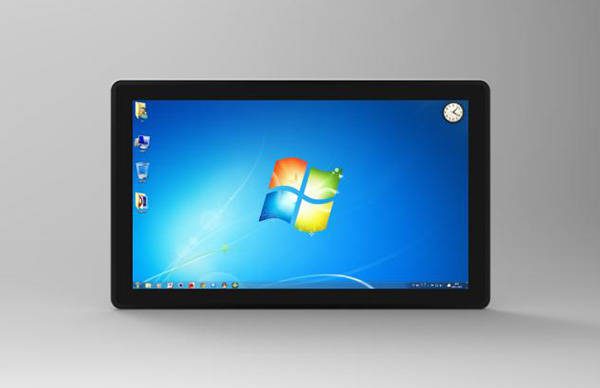
Complete Self-service Solutions,Touch Screen & Kiosk manufactring
more than 10 years
Kiosk
Touch Screen Monitor
Touch Screen Computer
Panel Mount Touchscreen
Open Frame Touchscreen
Touch Panel
Industrial PC
Touch monitors have become increasingly popular in both personal and professional settings due to their intuitive and interactive interfaces. Whether you are using them for gaming, business presentations, or as a part of a point-of-sale system, choosing the right touch monitor is essential for optimizing your experience. This guide will help you understand the key factors to consider when purchasing a touch monitor
Understanding Touch Technology
Touch monitors utilize various technologies to detect touch input. The most common types are:
Resistive: Consists of two flexible layers that register touch when pressed together. This type is durable and works with any pointing device but has lower clarity and sensitivity compared to other technologies.
Capacitive: Uses a glass layer coated with a conductive material that responds to touch. It offers higher clarity and sensitivity but only works with a conductive touch, like a finger or a special stylus.
Infrared: Utilizes infrared light beams to detect touch. It provides high durability and excellent image clarity but can be affected by dust and other particles.
Surface Acoustic Wave (SAW): Uses ultrasonic waves that are absorbed when touched. It offers high clarity and durability but can be affected by surface contaminants.

Touch Monitor
Screen Size and Resolution
The size and resolution of the touch monitor should match your specific needs:
Size: Common sizes range from 15 to 27 inches. Smaller sizes are suitable for point-of-sale systems and kiosks, while larger sizes are better for presentations and gaming.
Resolution: Higher resolution provides clearer and more detailed images. For most applications, a Full HD (1920×1080) resolution is sufficient. However, for design and multimedia applications, consider a 4K (3840×2160) resolution.
Touch Points and Responsiveness
The number of touch points and the responsiveness of the monitor are crucial for a smooth experience:
Touch Points: Monitors can support different numbers of touch points, from single-touch to multi-touch (up to 10 points or more). Multi-touch is essential for gestures like pinching and zooming, which are common in modern applications.
Responsiveness: Look for monitors with low latency and high touch sensitivity to ensure quick and accurate responses to your inputs.

Ensure that the touch monitor you choose has the necessary connectivity options and is compatible with your devices:
Connectivity: Common interfaces include HDMI, DisplayPort, USB, and VGA. Ensure the monitor has the appropriate ports for your setup.
Compatibility: Verify that the monitor is compatible with your operating system (Windows, macOS, Linux) and the specific hardware you plan to use.
Durability and ergonomic design are important factors, especially for prolonged use:
Durability: Choose a monitor with a sturdy build and, if necessary, features like dust and water resistance. This is particularly important for industrial or outdoor use.
Ergonomics: Look for adjustable stands, VESA mount compatibility, and features like tilt, swivel, and height adjustment to ensure comfortable use.
Consider additional features that may enhance your user experience:
Built-in Speakers: Some touch monitors come with integrated speakers, which can be convenient for multimedia use.
Integrated Webcams: Useful for video conferencing and online meetings.
Anti-Glare Coating: Reduces reflections and improves visibility in bright environments.
Q: What is the difference between capacitive and resistive touch screens?
A: Capacitive touch screens offer higher clarity and sensitivity, working with conductive touch (like a finger), while resistive screens are more durable and can be used with any pointing device but have lower clarity and sensitivity.
Q: Are touch monitors compatible with all operating systems?
A: Most modern touch monitors are compatible with major operating systems like Windows, macOS, and Linux. However, it’s important to verify compatibility with your specific setup.
Q: How do I clean and maintain a touch monitor?
A: Use a soft, lint-free cloth dampened with a mild cleaner or water to gently wipe the screen. Avoid using harsh chemicals or abrasive materials that can damage the surface.
Q: Can I use a stylus with any touch monitor?
A: Stylus compatibility depends on the touch technology. Capacitive screens require a conductive stylus, while resistive screens can work with any pointing device. Verify the stylus compatibility with your specific monitor.
Choosing the right touch monitor involves considering various factors such as touch technology, screen size, resolution, touch points, connectivity, and additional features. Understanding your specific needs and preferences will help you select a monitor that enhances your productivity and user experience. Whether for professional, educational, or personal use, the right touch monitor can significantly improve interaction and efficiency.
Scan to messenger :

